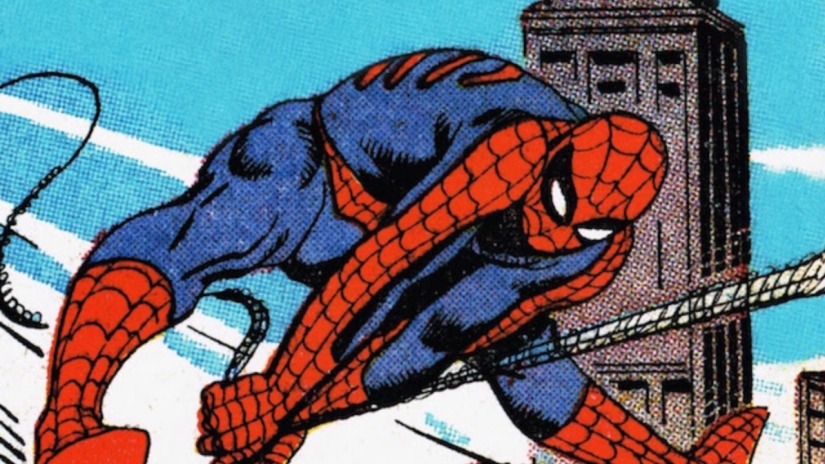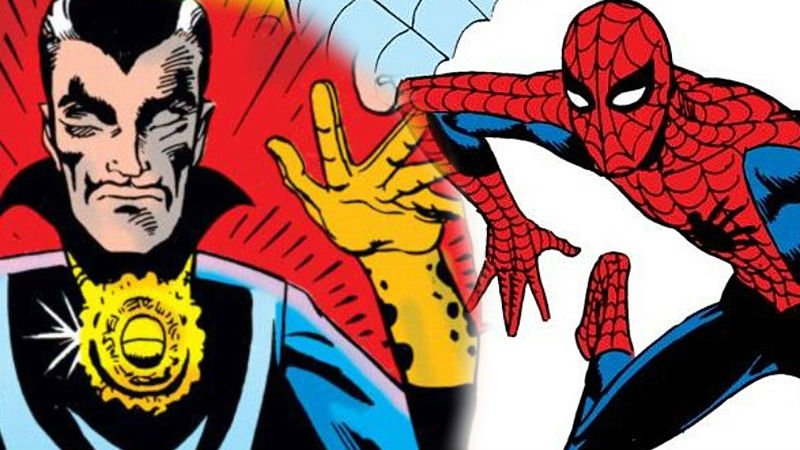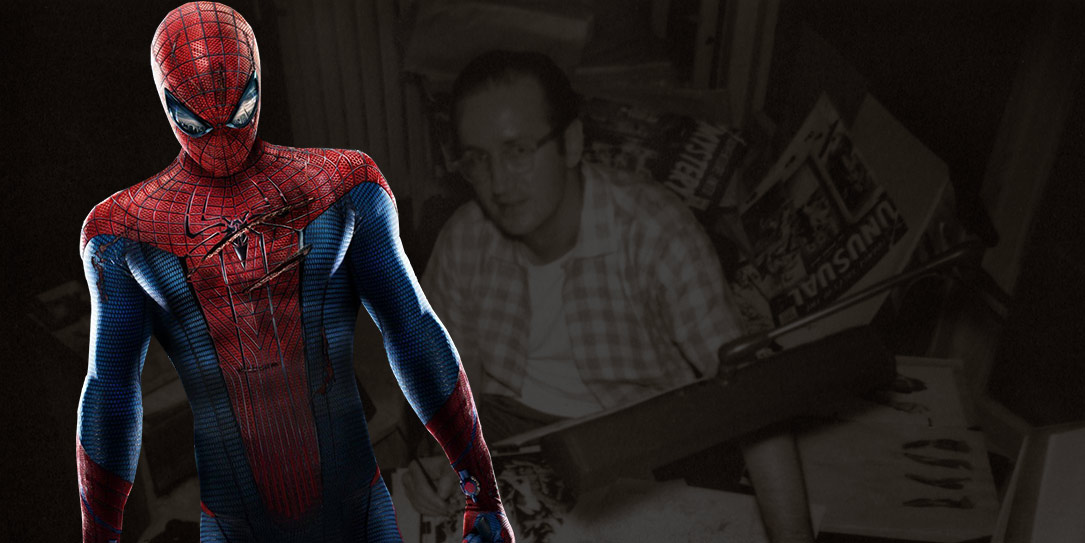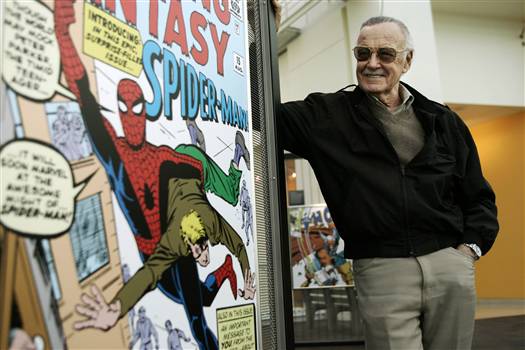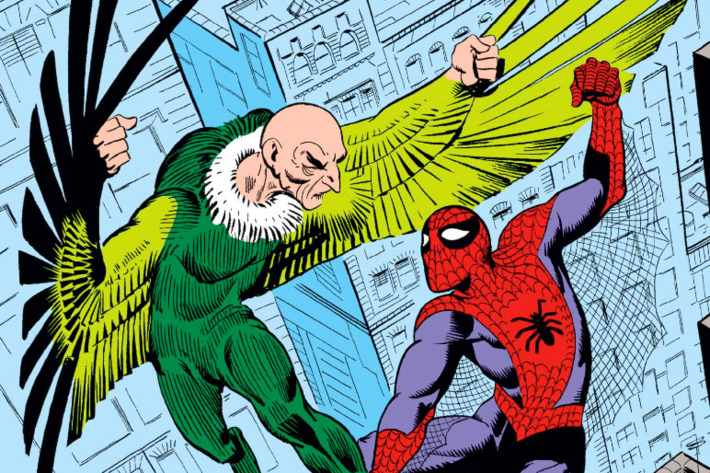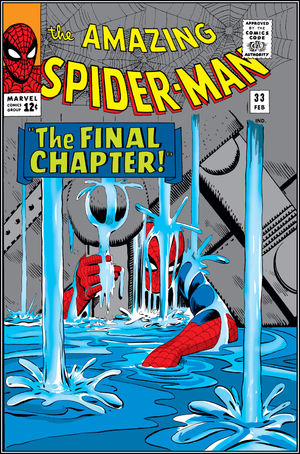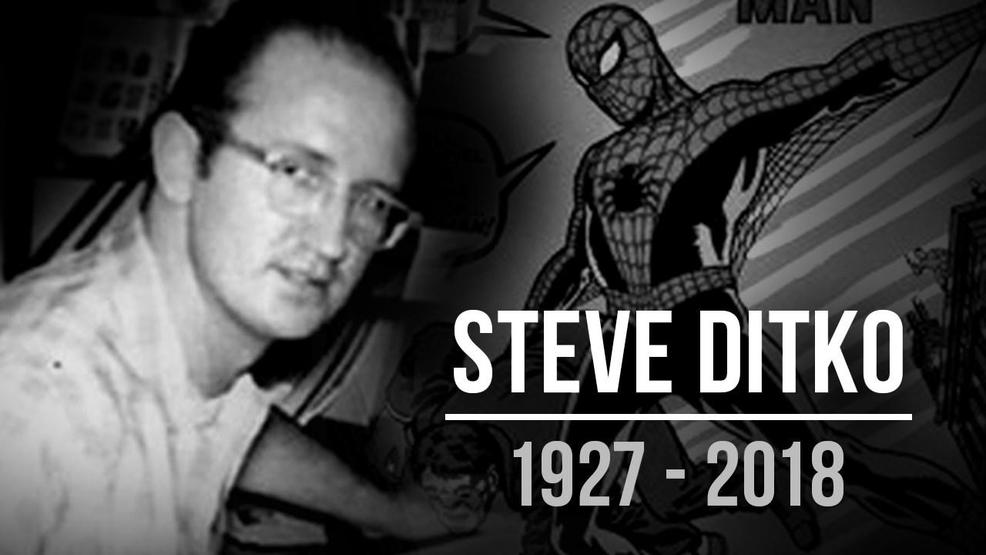Steve Ditko Marvel Legends – Co Creator Spider-man Dies – Comic Book News
Steve Ditko Marvel Legends – Co Creator of Spider-man Dies Age 90 . One of Marvel Comics all Time Greats and Legendary Contributor to the Marvel Universe has Sadly passed away at the Age of 90. Steve Ditko was partly responsible for one of Marvel Comic’s Greatest Asset’s ,The Amazing spider-man ,today valued in the Billion’s …
Steve Ditko also Created Dr Strange who first Featured in Marvel Comic’s Strange Tales !!
Steve Ditko was an American comic book artist and writer best known for his work on Marvel Comics with co-creator Stan Lee,
Steve Ditko studied under Batman artist Jerry Robinson at the Cartoonist and Illustrators School in New York City. He began his professional career in 1953, working in the studio of Joe Simon and Jack Kirby, beginning as an inker and coming under the influence of artist Mort Meskin. During this time, he then began his long association with Charlton Comics, where he did work in the genres of science fiction, horror, and mystery. He also co-created the superhero Captain Atom in 1960.
During the 1950s, Ditko also drew for Atlas Comics, a forerunner of Marvel Comics. He went on to contribute much significant work to Marvel. In 1966, after being the exclusive artist on The Amazing Spider-Man and the “Doctor Strange” feature in Strange Tales, Steve Ditko left Marvel for reasons unknown..
Steve Ditko continued to work for Charlton and also DC Comics, including a revamp of the long-running character the Blue Beetle, and creating or co-creating the Question, the Creeper, Shade the Changing Man, and Hawk and Dove. Ditko also began contributing to small independent publishers, where he created Mr. A, a hero reflecting the influence of Ayn Rand’s philosophy of Objectivism. Ditko largely declined to give interviews, saying he preferred to communicate through his work.
Steve Ditko was inducted into the comics industry’s Jack Kirby Hall of Fame in 1990, and into the Will Eisner Award Hall of Fame in 1994.
Steve Ditko was inspired by his father’s love of newspaper comic strips, particularly Hal Foster’s Prince Valiant, Ditko found his interest in comics accelerated by the introduction of superhero Batman in 1940, and by Will Eisner’s The Spirit, which appeared in a tabloid-sized comic-book insert in Sunday newspaper.
Steve Ditko & Marvel Comics
After he moved back to New York City in late 1955,Ditko began drawing for Atlas Comics, the 1950s precursor of Marvel Comics, beginning with the four-page “There’ll Be Some Changes Made” in Journey into Mystery #33 (April 1956); this debut tale would be reprinted in Marvel’s Curse of the Weird #4 (March 1994). Ditko would go on to contribute a large number of stories, many considered classic, to Atlas/Marvel’s Strange Tales and the newly launched Amazing Adventures, Strange Worlds, Tales of Suspense and Tales to Astonish, issues of which would typically open with a Kirby-drawn monster story, followed by one or two twist-ending thrillers or sci-fi tales drawn by Don Heck, Paul Reinman, or Joe Sinnott, all capped by an often-surreal, sometimes self-reflexive short by Steve Ditko and writer-editor Stan Lee.
These Lee-Ditko short stories proved so popular that Amazing Adventures was reformatted to feature such stories exclusively beginning with issue #7 (Dec. 1961), when the comic was rechristened Amazing Adult Fantasy, a name intended to reflect its more “sophisticated” nature, as likewise the new tagline “The magazine that respects your intelligence”. Lee in 2009 described these “short, five-page filler strips that Steve and I did together”, originally “placed in any of our comics that had a few extra pages to fill”, as “odd fantasy tales that I’d dream up with O. Henry-type endings.” Giving an early example of what would later be known as the “Marvel Method” of writer-artist collaboration, Lee said, “All I had to do was give Steve a one-line description of the plot and he’d be off and running. He’d take those skeleton outlines I had given him and turn them into classic little works of art that ended up being far cooler than I had any right to expect.”
Steve Ditko & Marvel Legends Creation of Spider-Man
After Marvel Comics editor-in-chief Stan Lee obtained permission from publisher Martin Goodman to create a new “ordinary teen” superhero named “Spider-Man”, Stan Lee originally approached his leading artist, Jack Kirby. Kirby told Lee about his own 1950s character conception, variously called the Silver Spider and Spiderman, in which an orphaned boy finds a magic ring that gives him super powers.
Stan Lee and Kirby “immediately sat down for a story conference” and Lee afterwards directed Kirby to flesh out the character . “A day or two later”, Kirby showed Stan Lee the first six pages, and, as Lee recalled, “I hated the way he was doing it. Not that he did it badly — it just wasn’t the character I wanted; it was too heroic”….
Stan Lee then turned to Steve Ditko, who developed a visual motif Lee found satisfactory, although Lee would later replace Ditko’s original cover with one penciled by Kirby. Ditko said, “The Spider-Man pages Stan showed me were nothing like the (eventually) published character. In fact, the only drawings of Spider-Man were on the splash and at the end Kirby had the guy leaping at you with a web gun… Anyway, the first five pages took place in the home, and the kid finds a ring and turns into Spider-Man…
Steve Ditko also recalled that, “One of the first things I did was to work up a costume. A vital, visual part of the character. I had to know how he looked … before I did any breakdowns. For example: A clinging power so he wouldn’t have hard shoes or boots, a hidden wrist-shooter versus a web gun and holster, etc. … I wasn’t sure Stan would like the idea of covering the character’s face but I did it because it hid an obviously boyish face. It would also add mystery to the character….?”
Spider-Man Marvel Legends debuted in Amazing Fantasy #15 (Aug. 1962), the final issue of that science-fiction/fantasy anthology series. When the issue proved to be a top seller, Spider-Man was given his own series, The Amazing Spider-Man.
Stan Lee and Steve Ditko’s collaboration on the series saw the creation of many of the character’s best known villian’s including Doctor Octopus in issue #3 (July 1963);the Sandman in #4 (Sept. 1963);the Lizard in #6 (Nov. 1963); Electro in #9 (March 1964); and the Green Goblin in #14 (July 1964).
Steve Ditko eventually demanded credit for the plotting he was contributing under the Marvel Method. Lee concurred, and starting with #25 (June 1965), Ditko received plot credit for the stories.
One of the most celebrated issues of the Amazing Spider-man is issue #33 (Feb. 1966), the third part of the story arc “If This Be My Destiny…!”, and featuring the dramatic scene of Spider-Man, through force of will and thoughts of family, escaping from being pinned by heavy machinery.
“After his origin, this two-page sequence from Amazing Spider-Man #33 is perhaps the best-loved sequence from the Stan Lee/Steve Ditko era. Steve Saffel stated the “full page Ditko image from The Amazing Spider-Man #33 is one of the most powerful comic books to appear in the series and influenced writers and artists for many years to come.
Steve Ditko’s illustrations for the first few pages of this Stan Lee story included what would become one of the most iconic scenes in Marvel Legends Spider-Man’s history. The story was chosen as #15 in the 100 Greatest Marvels of All Time poll of Marvel’s readers in 2001.
“These first five pages of comic book history are a modern-day equivalent to Shakespeare’s work.source wiki
Thank You For The Memories Steve Ditko Marvel Legend !!
Learn More about Steve Ditko on Marvel.com
https://www.epicheroes.com/2019/02/07/marvel-avengers-actors-real-life-partners/
 Epic Heroes Entertainment Movies Toys TV Video Games News Art Pop culture news goodness
Epic Heroes Entertainment Movies Toys TV Video Games News Art Pop culture news goodness
